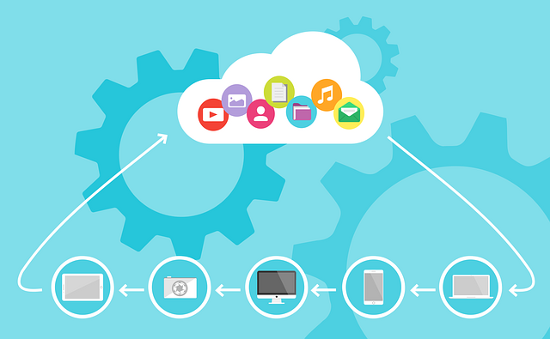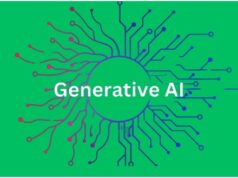Cloud Architect Missions
Behind the still obscure term of “cloud computing” hides a simple concept: it is a data storage service on servers installed in data centers. The role of the architect or engineer specializing in cloud computing ranges from programming to the development of algorithms, including the creation of tools and security management.


Most of the time, he works for software publishers, but he can also exercise his profession directly within companies. In the second case, it works in collaboration with the other departments.
Cloud Architect Training
If, until then, the function was somewhat reserved for self-taught, since 2012, several training courses have remained set up for those who want to exercise the profession of cloud architect. ISEP has thus created a Specialized Master in cloud computing and SaaS expert recommended for example for telecoms, network or IT engineers who would like to give a new impetus to their career.
For its part, the ITIN engineering school offers a cloud computing option in the 1st year of a Master’s in computer engineering. As for INSSET, it launched in September 2012 its Master cloud computing & mobility. There are also shorter cycles (between 3 and 10 days) set up by various continuing education organizations for IT professionals already in place who want to specialize or update their knowledge in this area.
History of the Cloud and its impacts
- The emergence of the Cloud.
- Impacts of the transition from virtualization to the Cloud.
- Impacts for businesses.
- Interpretation of Cloud-related models.
- New types of prospects and IT models.
- Risk, security, and legal issues inherent in the Cloud.
Cloud Computing Engineering and Architecture
- Evolution of technologies that have enabled the Cloud.
- Technological implications of the ‘As A Service’ operation.
- Identification of engineering systems in the architecture of Cloud solutions.
- Understand the difference between virtualization and the Cloud.
- Comparison of consumers’ and suppliers’ points of view.
- Views of critical architectures and metadata used for Cloud solutions in IaaS, PaaS and SaaS model.
- The different types of XaaS solutions.
Cloud service life cycles
- The main concepts.
- Identify and know how to apply the different Cloud life cycles.
- Main characteristics of the stages of the life cycle of a Cloud service.
- Architectural features for the selection and delivery of a Cloud service.
Transition and transformation of services
- Main features and problems of development to Cloud services.
- Impacts on business transformation.
- Strategy to reduce barriers to cloud adoption.
Perspectives on the implementation of the Cloud - Main business characteristics of a solution architecture using the Cloud.
- Perspectives of a Cloud provider on the architecture of a Cloud environment.
- Key steps in setting up a Cloud environment.
Ecosystem
- Understand the ecosystem.
- Impacts of the IoT and IoE concepts on the Cloud.
- Understand the design language of cloud ecosystems.
Target the right solution
- Know how to define the specifications of the architecture solution.
- Prepare a Business Case for a Cloud solution.
- Implementation roadmap.
Preparation and passing of the exam
- Mock examination and revision.
- Examination of the “PCSA” exam from EXIN.
Cloud Architect Salary
According to the 2013 Hays compensation study, the salary of an architect in IT and telecommunications varies between 45,000 and 60,000 euros gross per year depending on his experience. With a specialization in cloud computing, it becomes possible to negotiate a higher remuneration.
Cloud Architect Evolution
As the profession is very young, it is not uncommon to see experienced IT specialists turn to this specialization, looking for new challenges. A cloud architect with proven experience can then take responsibility for projects or lead a team. Good to know According to an IBM study, the number of companies that have adopted cloud computing substantially should increase from 13% in 2011 to 41% in three years.









